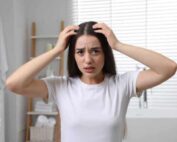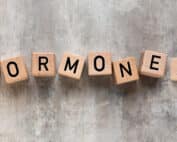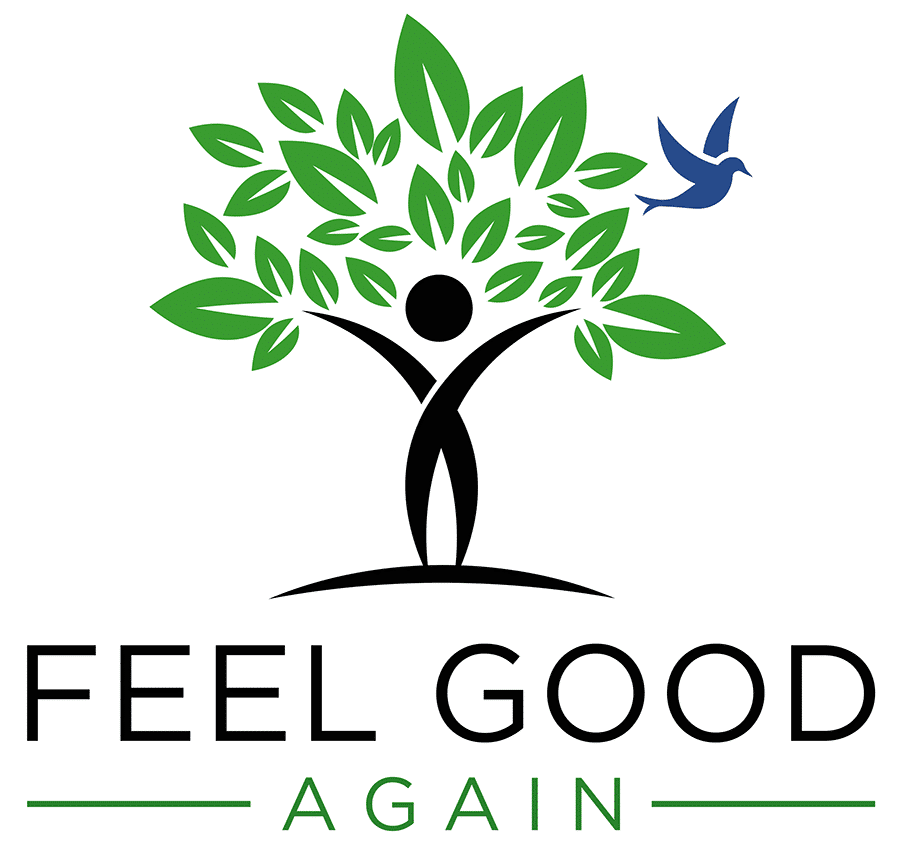Top 6 Strategies to Avoid Seasonal Affective Disorder. Are you experiencing feelings of sadness and loss of energy, especially during December, January, and February, when the days are shortest? You could have Seasonal Affective Disorder, otherwise known as SAD, which is a recurrent depression that occurs when daylight is less. It seems to affect younger women who live far from the equator, and have family histories of depression, bipolar disorder, or SAD.
 Reviews of the latest findings are:
Reviews of the latest findings are:
- SERT proteins that carry the neurotransmitter serotonin are high and that makes serotonin, our natural anti-depressant lower. SERT proteins decrease with sunlight making more serotonin available to help you feel good.
- Melatonin, the sleep hormone increases during the winter months and may make people with SAD groggier, however this alone is not the cause. Patients who had responded to light therapy who took melatonin did get depression, and melatonin blocking agents such as atenolol did not induce remission in SAD.
- Circadian rhythms are impacted by the combination of low serotonin and high melatonin. For people with SAD, the circadian signal that indicates a seasonal change in day length has been found to be timed differently, thus making it more difficult for their bodies to adjust
- Vitamin D is believed to play a role in serotonin activity. Vitamin D deficiency and insufficiency have been associated with clinically significant depressive symptoms. Therefore, may play a role in serotonin activity. With less exposure to sunlight in the winter months, Vitamin D levels may decrease.
Symptoms of SAD
People with SAD can feel
- Sad
- Tired
- Lethargic
- Irritable
- Sleep more
- Have difficulty concentration
- Crave carbohydrates and sugar
- Gain weight
- Withdraw from social situations
To determine if you may be suffering from Seasonal Affective Disorder, do a self-evaluation with the Seasonal Pattern Assessment Questionnaire.
If you score high, you may be suffering from SAD. However, you may benefit from some simple treatments
Light therapy
Symptoms of SAD may be relieved by sitting in front of a light box first thing in the morning, from the early fall until spring. Use full spectrum light at 10,000 lux for 20–60 minutes. This is about 20 times as great as ordinary indoor lighting. While mostly benign, light therapy may increase the risk of eyestrain, age related macular degeneration, headaches, irritability, and difficulty sleeping. Do not use light therapy if you are on medication that are photosensitizing. Consult your doctor for proper use.
Vitamin D
From November through February, those living about 33 degrees north or 30 degrees south of the equator are not able to synthesize Vitamin D. Further, low levels of Vitamin D are associated with depression and levels should be measured and be at a minimum of 30. It is difficult to get toxic on Vitamin D and research suggests that taking 10,000 IU daily may improve their symptoms. It is always recommended to have levels measured when taking more than the RDA
Cognitive Behavioral Therapy
In one study, six weeks of Cognitive Behavioral Therapy (CBT) provided in group format for two 90-minute sessions per week. Moreover, this was as effective as 30 minutes of 10,000 lux of cool-white, fluorescent light each morning. An overarching goal of CBT is to break down problems that seem overwhelming and negative patterns by changing the way people think about them
Lifestyle
When depressive symptoms are not severe, programs that help people improve their diet by limiting starches and sugars. Furthermore, increase their exercise; manage their stress; avoid social withdrawal. After that, spend more time outdoors are all recommended and available at HowToLiveYounger.com
Negative ions
A recent controlled study suggested that high-density negative air ionization may act as an antidepressant in patients with SAD. A 30 minute negative ion exposure sessions every day, at high ion concentration significantly decreased depression.
Antidepressants
SSRI antidepressants have been shown to be helpful in alleviating the symptoms of SAD when all else fails. The jury is still out on natural remedies such as 5 HTP and St. John’s wort. 5 HTP should not be taken if you are on an SSRI and St. John’s wort interacts with many medications.
Top 6 Strategies to Avoid Seasonal Affective Disorder conclusion:
Seasonal Affective disorder is a real disorder that in many people can be effectively managed. Light, lifestyle, adequate Vitamin D, cognitive behavioral therapy, negative ions and lifestyle are helpful. If symptoms persist, antidepressant medications can be a lifesaver for people with severe symptoms.





She is a recognized and award-winning holistic, functional, integrative and anti-aging healthcare practitioner, speaker and author, and has been featured in ABC News, Forbes, WOR Radio and many media outlets to spread the word that you can live younger and healthier at any age.